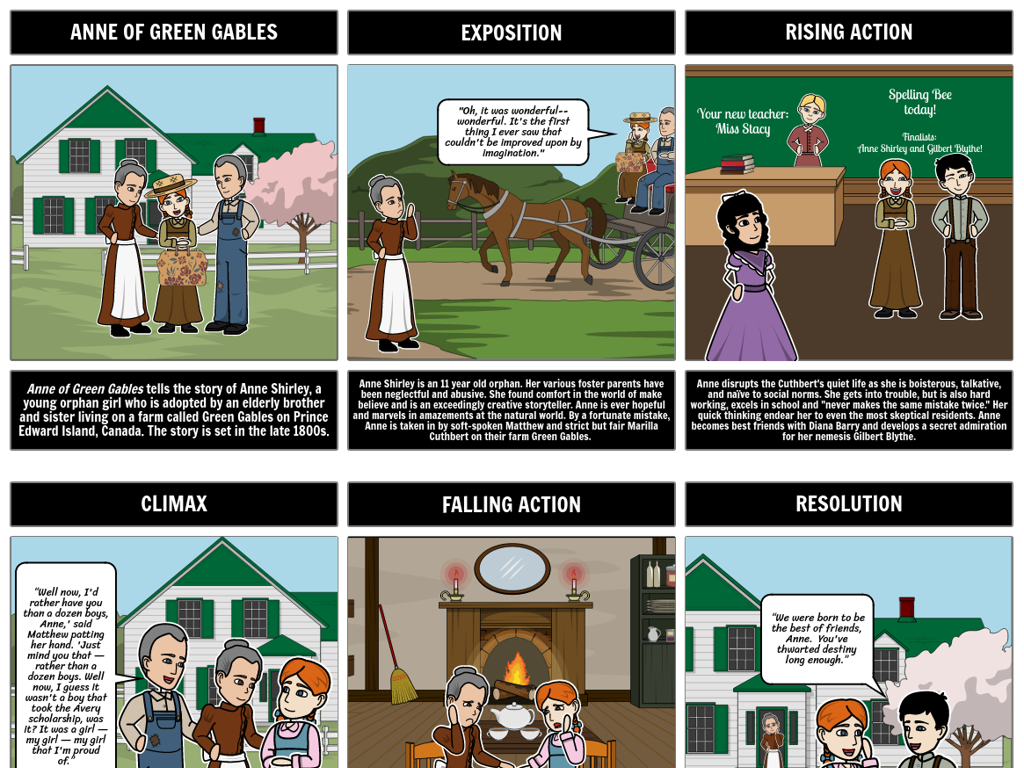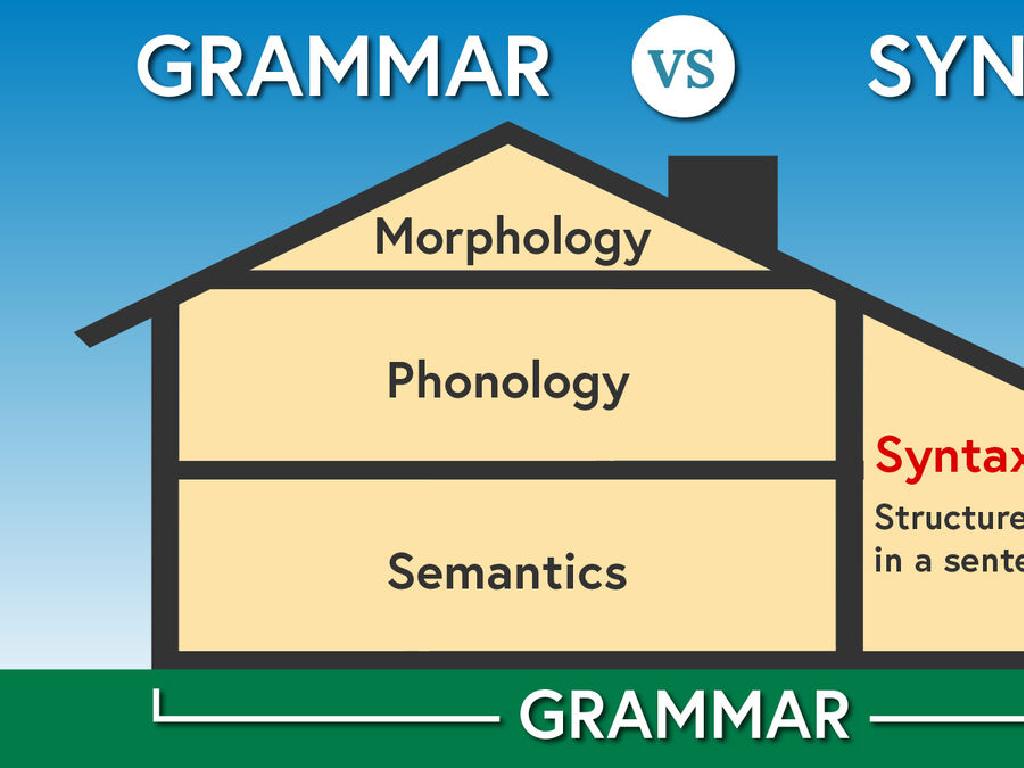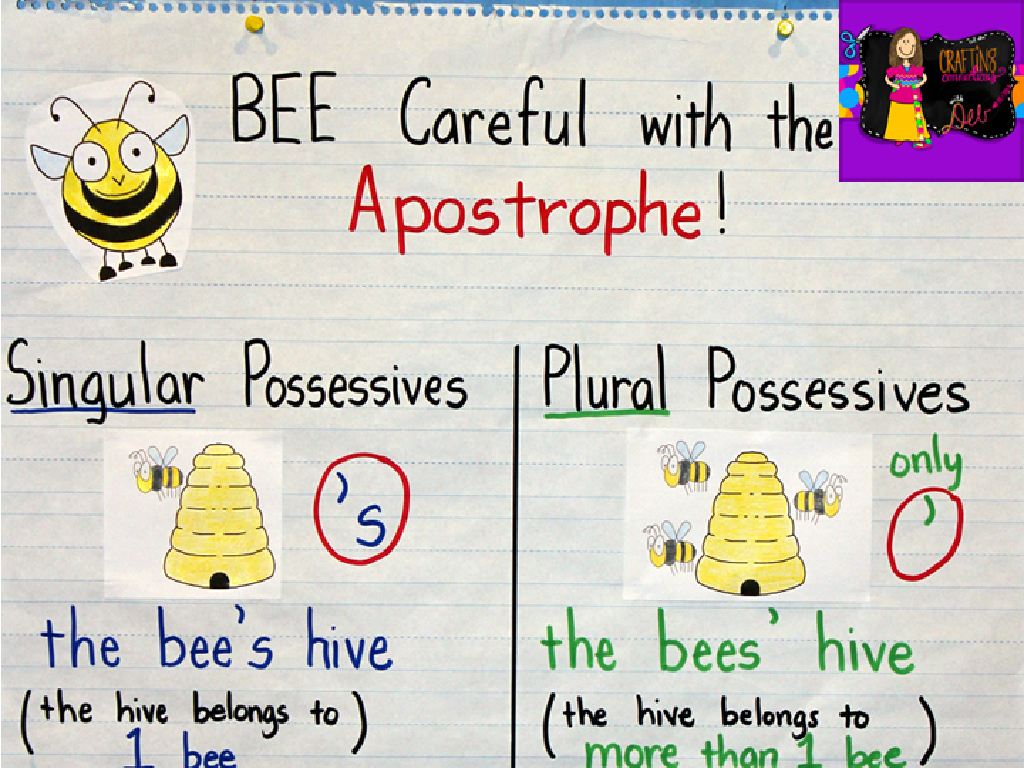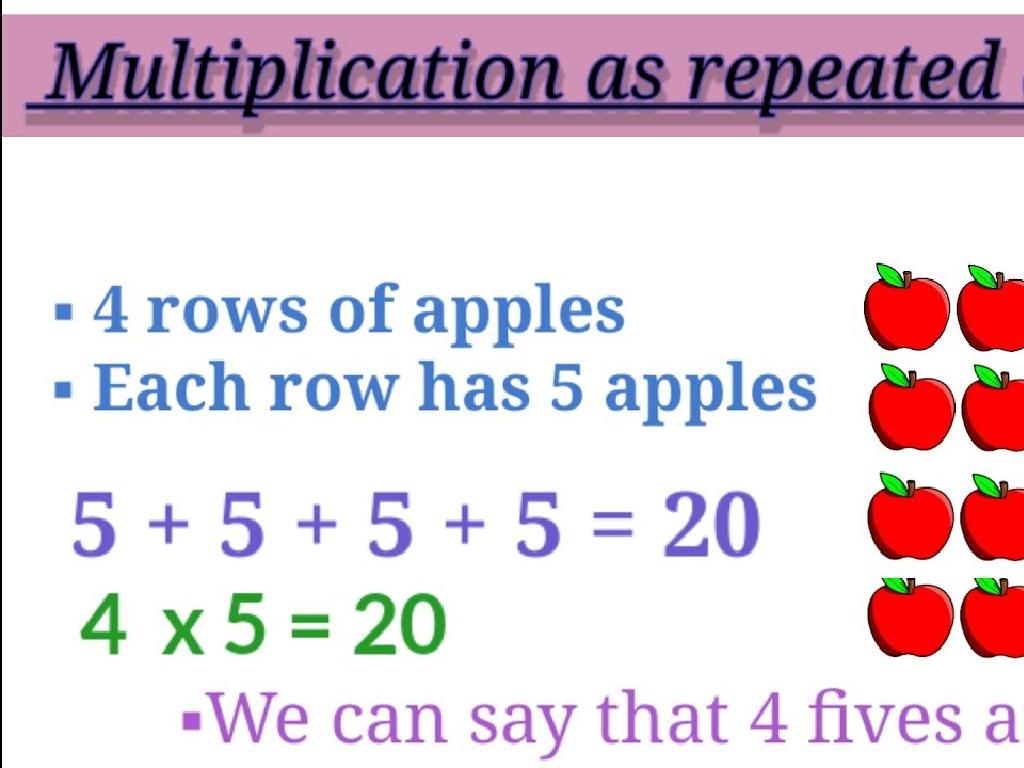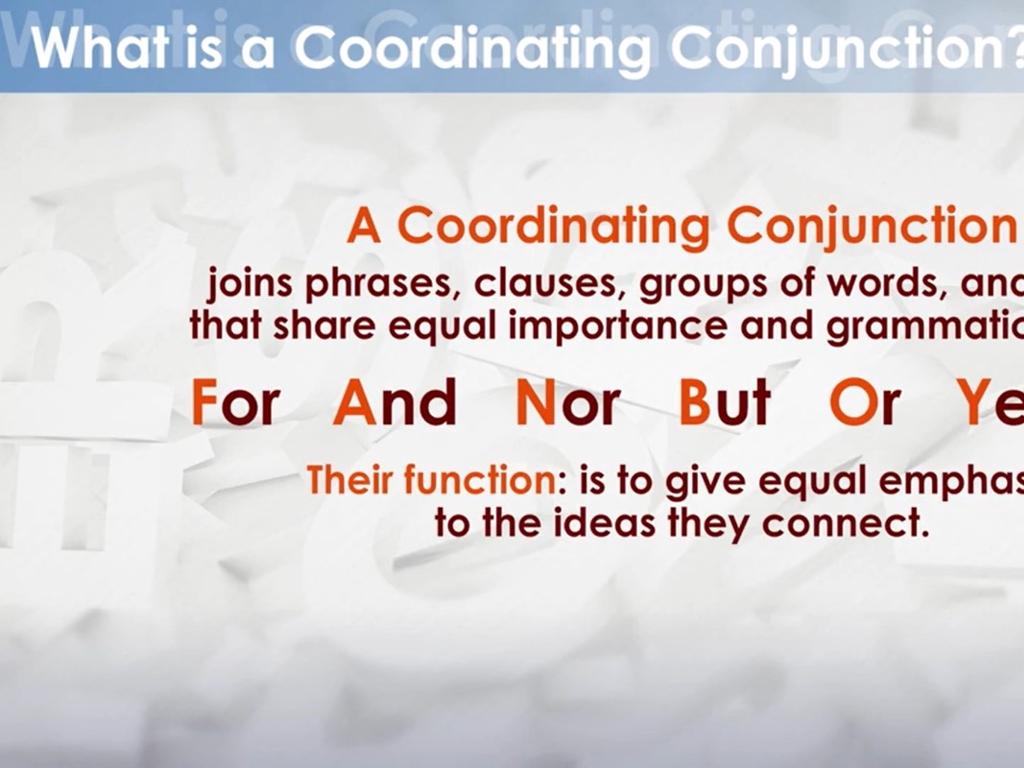Evaluate Multi-Variable Expressions
Subject: Math
Grade: Seventh grade
Topic: Expressions
Please LOG IN to download the presentation. Access is available to registered users only.
View More Content
Introduction to Multi-Variable Expressions
– Understanding mathematical expressions
– Expressions consist of numbers, variables, and operations
– Defining variables in expressions
– Variables represent unknown values
– Exploring multi-variable expressions
– Multi-variable expressions have more than one variable
– Importance in algebra
|
This slide introduces the concept of multi-variable expressions, which are fundamental in algebra. Begin by explaining that mathematical expressions are combinations of numbers, variables, and operations that represent a specific value. Clarify that variables are symbols, often letters, used to represent unknown or changeable values. Then, introduce multi-variable expressions as those containing two or more variables, which can represent more complex relationships and are used to solve problems involving multiple changing elements. Emphasize the importance of understanding these expressions as a stepping stone to more advanced algebraic concepts. Provide examples and encourage students to think of real-life situations where multiple changing factors are considered together.
Understanding Multi-Variable Expressions
– Define mathematical expression
– A combination of numbers, variables, and operations
– Expressions vs. Equations
– Equations have equals signs, expressions do not
– Examples of simple expressions
– 3x + 2, 7y – 5, a^2 + b^2
– Evaluating with variables
– Substitute values for variables and simplify
|
Begin with the definition of a mathematical expression, emphasizing that it is a phrase that can contain numbers, variables, and operations but does not include an equals sign. Contrast this with equations, which do include an equals sign and show a relationship between two expressions. Provide simple examples of expressions that the students can relate to, and then demonstrate how to evaluate expressions with multiple variables by substitizing values for each variable and performing the operations to simplify the expression. Encourage students to practice with different values to gain a better understanding of how expressions can change with different variables.
Understanding Variables in Expressions
– Define a variable in math
– A variable is a symbol for a number we don’t know yet
– Variables as letters
– Letters like x, y, or z can represent variables
– Variables in expressions
– In 2x + 3y = 6, x and y are variables
– Practice with examples
– Find values for x and y when 2x + 3y = 6
|
This slide introduces the concept of variables within the context of mathematical expressions. A variable is a fundamental element in algebra, acting as a placeholder for unknown values that can change. Using letters to represent variables is a standard convention in mathematics, allowing for the creation of general formulas and equations. Provide examples of expressions with variables to illustrate their use and function. Encourage students to practice substituting values for variables and evaluating expressions. This will help them understand how variables interact within an equation and prepare them for solving more complex problems.
Introduction to Multi-Variable Expressions
– Defining multi-variable expressions
– An expression with more than one variable, e.g., 2x + 3y
– Multi-variable expression examples
– For instance, the area of a rectangle: l*w (length times width)
– Coefficients and terms explained
– Coefficients are numbers multiplied by variables, terms are parts of the expression
– Practice with real expressions
|
This slide introduces students to the concept of multi-variable expressions, which are expressions that contain more than one variable. Examples help illustrate the concept, such as using the formula for the area of a rectangle, which involves two variables (length and width). Understanding coefficients as the numerical part of terms that multiply the variable, and terms as the building blocks of expressions, is crucial. Encourage students to identify variables, coefficients, and terms in given expressions. Provide practice problems where students evaluate expressions with given values for the variables to solidify their understanding.
Evaluating Multi-Variable Expressions
– Steps to evaluate expressions
– Identify variables, numbers, and operations. Then, follow the order of operations.
– Substitute numbers for variables
– Replace each variable with a given number and then calculate.
– Example: Single variable expression
– For 2x when x=3, replace x with 3 to get 2*3, which equals 6.
– Practice with multi-variable
|
This slide introduces the concept of evaluating multi-variable expressions, which is a fundamental skill in algebra. Start by explaining the process: identifying the variables, numbers, and operations involved in the expression. Emphasize the importance of following the order of operations (PEMDAS). Then, demonstrate how to substitute values for variables with a simple one-variable example. After students understand the single-variable case, introduce expressions with more than one variable. Provide practice problems for students to apply these concepts, ensuring they get hands-on experience with evaluating expressions.
Evaluating Multi-Variable Expressions
– Evaluate expressions with multiple variables
– Use substitution to find the value of expressions like 3a + 4b when a=2, b=3
– Keep track of each variable’s value
– Organize values in a table or list to avoid confusion
– Work through a two-variable example
– Example: Calculate 3a + 4b for a=2 and b=3. The result is 3(2) + 4(3) = 6 + 12 = 18
|
This slide introduces students to the concept of evaluating expressions that contain more than one variable. Emphasize the importance of substituting each variable with its given value and the careful organization of work to avoid errors. Provide a clear example with two variables to demonstrate the process. Encourage students to practice with additional examples and to check their work by substituting the found values back into the original expression to ensure accuracy. This foundational skill will be crucial for their success in algebra and beyond.
Evaluating Multi-Variable Expressions
– Collaborative example walkthrough
We’ll solve an expression as a class, step by step.
– Guided practice with teacher support
I’ll help you through a problem, then you try one.
– Tackle independent practice problems
Try solving problems on your own to test your skills.
– Review and clarify doubts
|
This slide is aimed at reinforcing the students’ understanding of evaluating multi-variable expressions. Start with a problem that the class solves together, ensuring that each step is clear and understood. Move on to guided practice where students attempt a problem with the teacher’s help, providing immediate feedback. Then, allow students to work on problems independently, which will help them apply what they’ve learned. Finally, come back together as a class to review the answers, clarify any doubts, and ensure that the concept is well grasped. Encourage students to ask questions and discuss the strategies they used to find the solutions.
Class Activity: Crafting Multi-Variable Expressions
– Pair up with a classmate
– Create your own expressions
– Use at least two different variables
– Exchange and evaluate expressions
– Ensure to apply correct order of operations
– Discuss the evaluation process
– Share how you solved the expressions
|
This activity is designed to encourage collaborative learning and practice in evaluating multi-variable expressions. Students should pair up and each create an expression using at least two different variables. Once they have their expressions, they should swap with their partner and work on evaluating each other’s expressions. Remind students to pay attention to the order of operations (PEMDAS: Parentheses, Exponents, Multiplication and Division, Addition and Subtraction). After the evaluation, students should discuss the steps they took to solve the expressions. This will help them understand different approaches and clarify any misconceptions. Possible activities could include creating expressions that represent real-life situations, challenging a partner with an expression that uses a combination of operations, or even creating a ‘puzzle’ expression that their partner has to decode.
Wrapping Up: Multi-Variable Expressions
– Recap of today’s lesson
Reviewed evaluating expressions with two or more variables.
– Significance in mathematics
Understanding these expressions is crucial for solving real-world problems.
– Time for questions and answers
Clarify any doubts and solidify knowledge.
– Encourage practice at home
|
Today, we’ve explored how to evaluate expressions with multiple variables, an essential skill in algebra that applies to various mathematical and real-world scenarios. We’ve learned the steps to substitute values for variables and perform operations to find the expression’s value. The ability to evaluate such expressions is fundamental for higher-level math and critical thinking. Now, let’s open the floor for any questions to ensure clarity and understanding. Encourage students to continue practicing these concepts at home, as mastery comes with practice. Provide additional examples or resources for students to work on as homework.

